5 Skillet Cooking Techniques You Need to Know
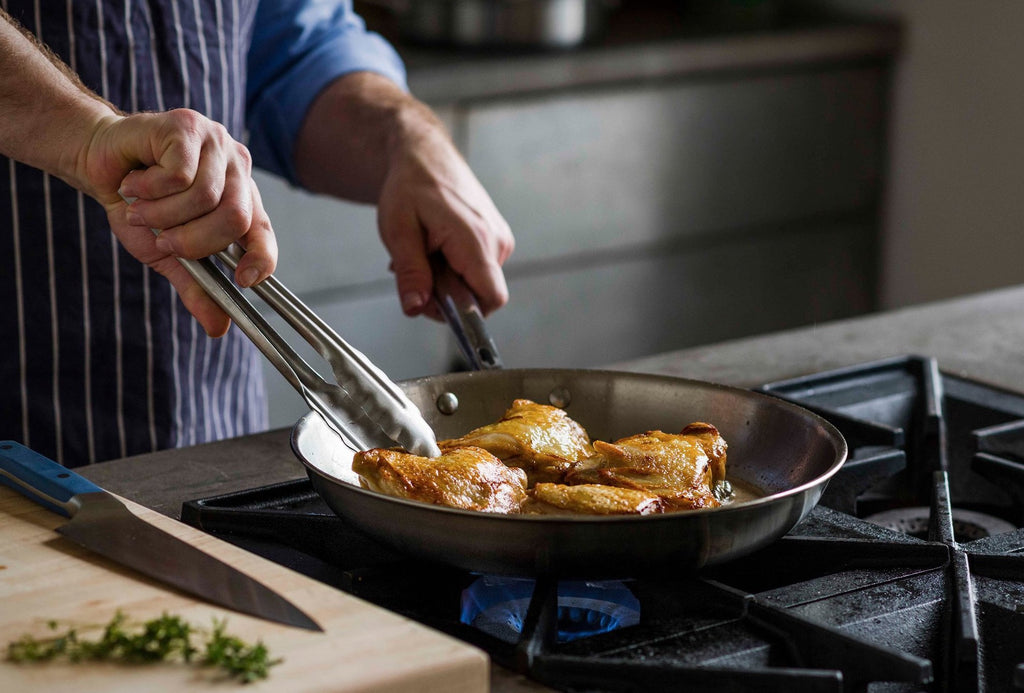 Skillets are perfect for browning meat.
Skillets are perfect for browning meat.
- A skillet is designed for five different techniques.
- You’ll want your skillet to be versatile enough to handle them all.
- A good skillet should be able to take a beating since it’s an everyday piece of cookware.
The skillet is the stovetop hero. It’s the centerpiece of any cookware set. A good skillet should be versatile, rugged, and durable — able to take a beating and keep going without complaint. Whether you're making haute cuisine or a standard weeknight dish, your skillet will be a dependable ally in the kitchen.
In general, a skillet can be used for five different techniques: sautéing, searing, braising, frying, and baking. There are a million skillet recipes out there, and a stainless steel skillet can handle all of them.
Sautéing
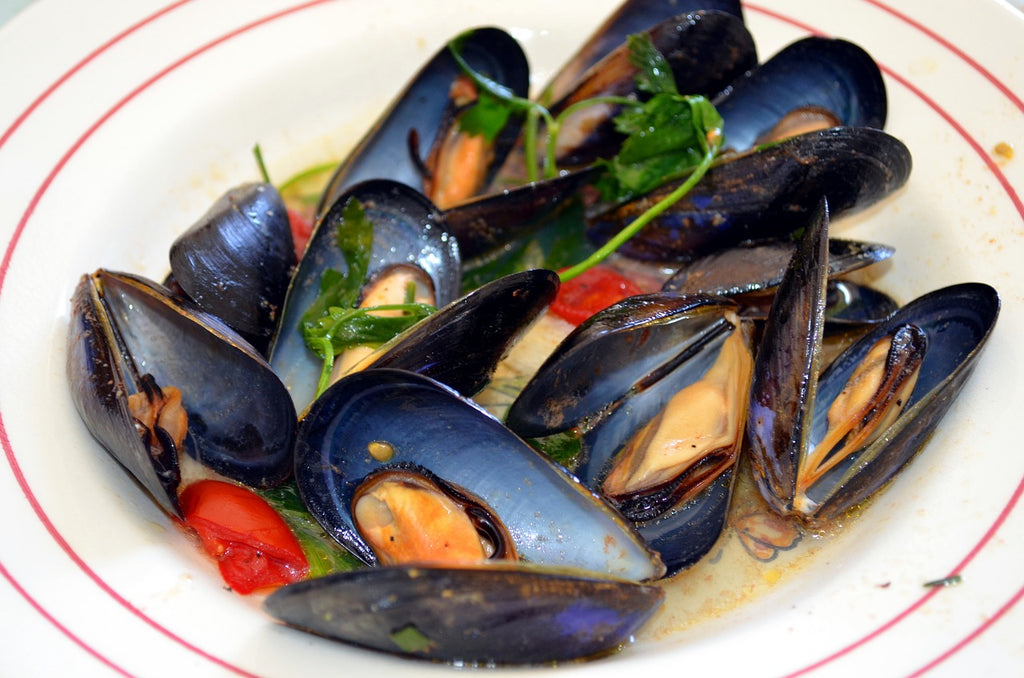 A stainless steel skillet is perfect for dishes like sautéed mussels.
A stainless steel skillet is perfect for dishes like sautéed mussels.
Sautéing is one of the most important kitchen techniques. It involves frying food in a little bit of oil. The word comes from the French verb “sauter” meaning “to jump,” since food in the pan tends to move around when the oil is hot enough. Additionally, it refers to the food being tossed in the pan — something the skillet is designed for.
To sauté effectively, your skillet needs to be hot before oil is added. A good way to check this is if water evaporates when it hits the pan. Splash a drop or two of water on the pan: When the water becomes a ball resting on the pan, the pan is ready to go. Add the fat and swirl it around the skillet until the entire surface of the skillet is coated. Next it's time to add the food. If you're cooking veggies, for example, add one piece to make sure it also sizzles. If so, add the rest.
Sauteeing is great for getting flavors out of anything with natural sugars in it — caramelized onions are a perfect example. At a certain temperature — usually above 280° Fahrenheit — sugars in food caramelize in what's known as the Maillard reaction. That's what leads to the wonderful, browned look and flavor you want when you're sautéing.
It's important to note that sautéing doesn’t generally require lots of stirring. Instead, when the food is cooked on one side, use your wrist to quickly flip the skillet up. The rounded edges of the skillet will make the food flip to the other side. It may take a little practice, but once you get the technique down you'll have that added cool factor in your cooking technique.
If you're making a stir-fry, you'll use essentially the same technique as sautéing, except you'll stir more, hence the name.
If you’re sautéing in a nonstick skillet, you’ll need to use low to medium heat since higher heats can degrade the nonstick coating. Both stainless steel and cast-iron skillet can handle high heat.
Searing
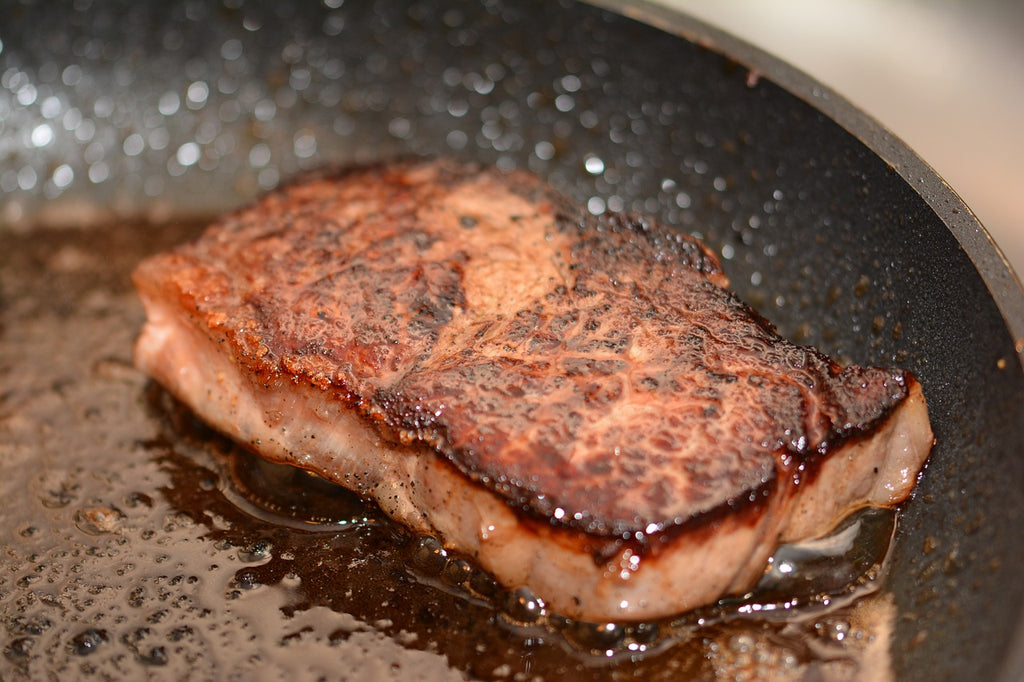 The browned outside is the result of high-temperature searing.
The browned outside is the result of high-temperature searing.
Searing is similar to sautéing in that it involves cooking food in a little bit of fat at high temperatures. However, searing is usually reserved for meat. Searing meat leads to the outside being browned and sometimes crispy while the inside stays moist and juicy.
You can sear thick-cut steaks, pork chops, chicken thighs or breasts, or any other decently sized cut of meat. You can make excellent skillet chicken tacos, for example, by searing marinated chicken breasts in your skillet.
Searing is a relatively simple technique. Cook the meat on high heat until it's browned on one side, then flip to the other side. Once both sides are done, you can consider the meat ready to rest before serving or proceeding to another step.
Searing can often be the final step in the cooking process. For example, a steak that's been put in a sous-vide to the temperature you desire can be finished off with a sear.
Searing often leaves some flavorful bits stuck to the bottom of the pan. This leads to one of a chef's favorite moves: deglazing. While the pan is hot, add an astringent liquid like wine to the pan and scrape the flavorful bits off the pan into what will quickly become an excellent base for a sauce.
Alternatively, searing can come before another step — like braising. This sear imparts flavor to the meat, which will be distributed throughout during a braise.
Braising
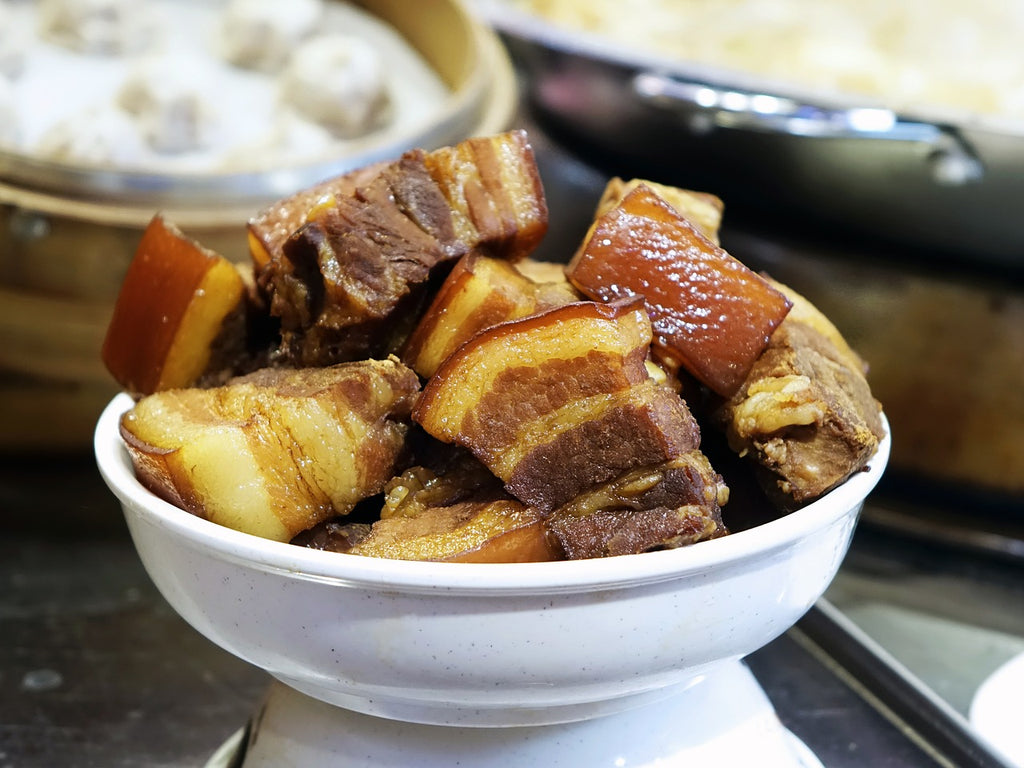 Braised pork belly is a classic Chinese dish.
Braised pork belly is a classic Chinese dish.
Braising is a technique in which meat that's been seared is further cooked in a bit of liquid like a broth. It's similar to stewing except that, usually, the liquid doesn't cover the top of the meat. Braising distributes flavor evenly throughout the meat and the rest of the dish. For example, if you're braising beef ribs with carrots, potatoes, onions, and mushrooms, all the flavors will combine in a pleasing way.
Braising usually works best in a large cast-iron skillet or, in the skillet’s cousin, the sauté pan. The sauté pan’s larger volume and straighter edges compared to a skillet make it an excellent choice for braising. Typically, a braise is begun in a cast iron skillet, a sauté pan, or a dutch oven to be placed in the oven. Covering the cooking vessel saves the liquid from evaporating and helps keep your meat juicy. It's up to you to cover it or not, but if you choose not to, you'll likely need to add more liquid.
In a pinch, a stainless steel skillet can be used for braising as well since they're usually oven-safe (as long as the handle is also oven-safe). Additionally, you can begin a braise in a skillet before the meat is transferred to another dish, but braises are usually begun directly in the large cast iron skillet or stainless steel sauté pan.
Frying
 In a skillet, you can make fried chicken that would make grandma proud.
In a skillet, you can make fried chicken that would make grandma proud.
A skillet can be great for frying. Although it's considered shallow frying, not deep frying, if you're cooking small enough batches, a skillet should be able to produce the same results as a deep fryer.
Frying involves using a large amount of oil to, well, fry food. Typically, deep frying allows for the food to be entirely covered by oil. Shallow frying usually covers around half of the food. Fried chicken, for example, can be done in a skillet with no worries — and a stainless steel skillet is perfect for the task because of its high heat tolerance. You'll need to turn your fried chicken every couple of minutes to assure even cooking on all sides and, equally importantly, to get that perfect crunch.
Baking
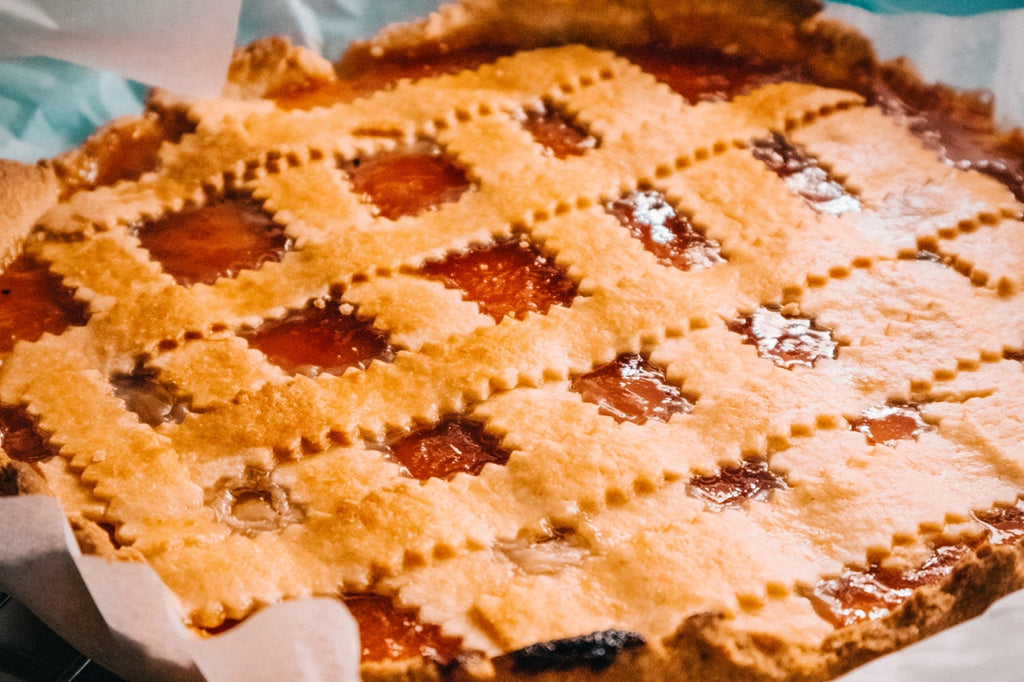 A skillet can make an excellent apple pie.
A skillet can make an excellent apple pie.
A skillet is also useful in baking and can produce some excellent results if used correctly. It's important to note that you should use caution when baking in a skillet — make sure the handle is oven-safe and check the manufacturer's instructions. Not all pans are approved for baking. If a pan is stainless steel or cast iron, however, you can safely assume it's good to go.
Using a skillet in the oven can make you look like a kitchen wizard. It's the best way to make cornbread since the thickness of the pan leads to even heat distribution. But you can bake all sorts of things with a skillet: apple pie, a casserole, a frittata, or even a giant skillet cookie.
You'll need to make sure your pan is well greased to prevent sticking before using it to bake. You can use the fat of your choice and a paper towel to make sure the whole pan is covered in oil. While you do need to make sure oil is coating all parts of the pan that the food will be touching, you don't need an excess of oil — just a thin layer over the surface.
Master Skillet Cooking and Love Your Stovetop Friend
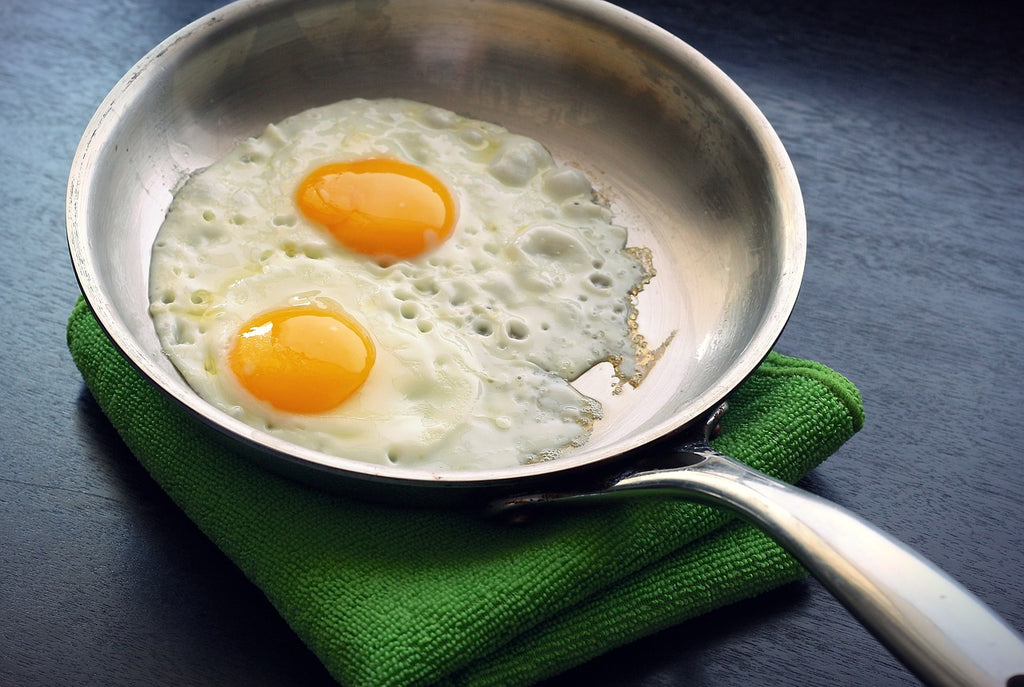 A good skillet can make even the most basic cooking tasks fun.
A good skillet can make even the most basic cooking tasks fun.
Mentioned above are the five main techniques a skillet is used for, but its uses don't stop there. It can be used to dry-heat tortillas, make an Italian pasta sauce if your saucepan or saucier is busy, or do something as simple as cook fried eggs. When you're looking for a skillet, look for one that'll last a long time and be easy to maintain. While cast iron can be a great family heirloom, it requires more maintenance to prevent sticking and rusting. Stainless steel is a wise choice for a skillet because it can take a beating and doesn't need to be babied.
Check out Misen's 5-ply steel and aluminum skillet for a perfect choice for your kitchen. Steel is great for heat retention while aluminum is an excellent conductor. When they're combined, you get an even cooking experience with fantastic heat distribution.
Additionally, for more delicate dishes like pancakes or omelettes, a nonstick skillet can be a good friend. Both can make your cooking experience a joy.








